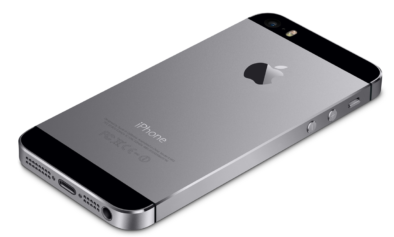Airline passengers pining for faster in-flight Internet access anywhere in the world – even over the oceans – are about to get their wish as satellite operators find success where Boeing failed a decade ago. Stronger, more focused signals from spacecraft lofted by providers such as Intelsat will replace cobbled-together connections meant for mobile phones and television broadcasts. Costs will fall, too, eventually making onboard broadband a free amenity to win travelers’ loyalty, according to industry executives.
The technology is poised to bring sweeping changes in airborne Wi-Fi, which is now marked by cumbersome downloads, dead zones and scant public enthusiasm. ViaSat, whose service will debut on the low-cost U.S. airline JetBlue next month, promises more satellite-delivered bandwidth for each passenger than the current market leader Gogo can offer to an entire plane.
“Ten years ago, we used to use dial-up; nobody does that any more,” Tim Mahoney, the chief executive of the aerospace unit of Honeywell International, a satellite-hardware supplier, said. “That evolution that we’ve gone through in our home setting is going to take place on the aircraft.”
So-called spot beams from the new satellites deliver a more-concentrated signal than those blanketing a region with TV images.
There is enough bandwidth for scores of fliers to share, with moving jets handed seamlessly from one beam to another. It is akin to connecting a Starbucks coffee shop full of Wi-Fi users, if the store were zipping through the stratosphere. Inmarsat, which will pipe its signal through Honeywell equipment, plans to girdle the globe with three spot-beam satellites launched by 2014.
Intelsat expects its first Epic satellite will be in space in 2015. By then, JetBlue plans to have ViaSat’s Wi-Fi on all its planes, according to the airline’s chief executive, Dave Barger.
In-flight Internet is available on only about 40 percent of U.S. and Canadian airline fleets, said Jim Breen, a Boston-based William Blair & Co analyst. Usage is even less: the satellite provider Global Eagle Entertainment estimates only about 5 percent of fliers on Internet-enabled planes pay to hop online.
“When the plane lands, almost everybody immediately pulls out their phones,” said Mark Dankberg, the chief executive of ViaSat. “That gives you a sense of how many people would use it if it were better”…
Read More: independent.co.uk


